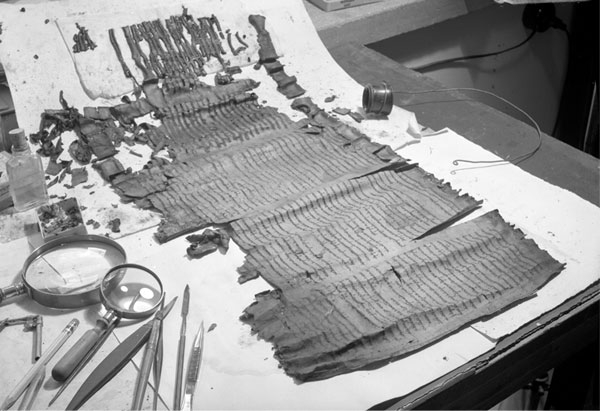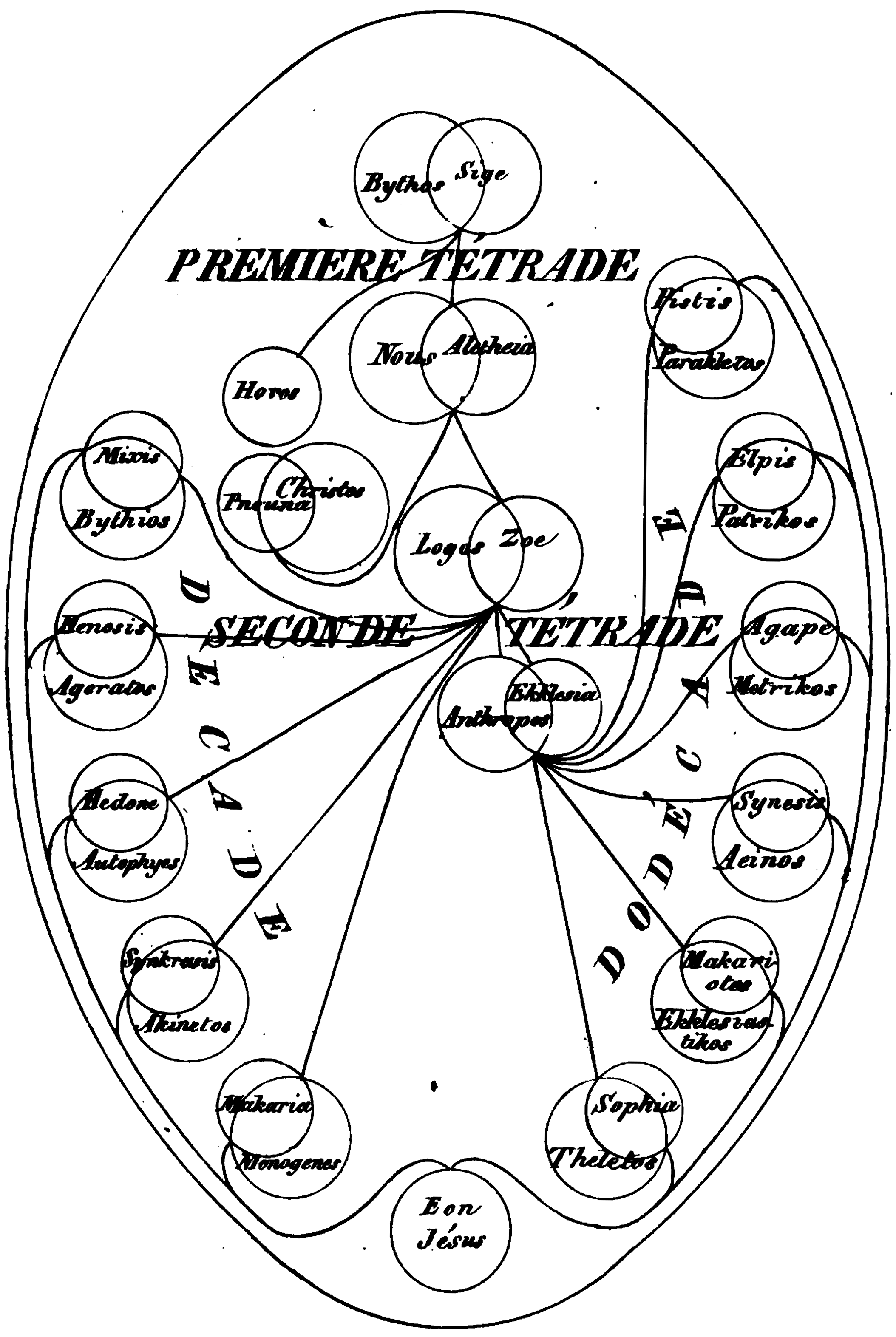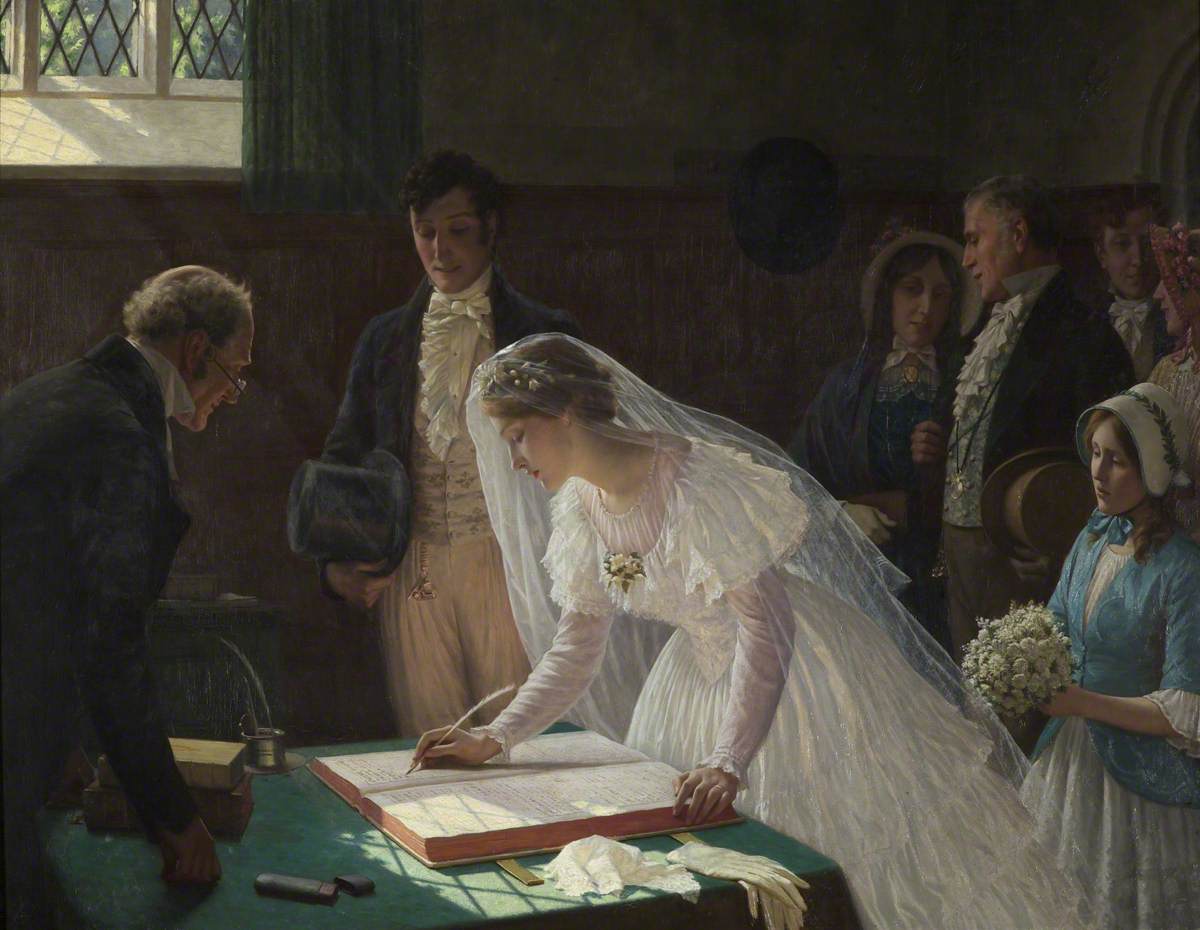|
Qabin
The qabin () is the Mandaeism, Mandaean wedding ritual. Mandaean weddings are typically held for several days. Traditionally, weddings must be officiated by a Mandaean priest and can only be performed for ethnic Mandaeans, although this has proved to be challenging for the contemporary Mandaean diaspora. During the ''qabin'' wedding ceremony, a Mandaean priest reads prayers from ''The Wedding of the Great Šišlam''.Drower, E. S. 1950. Šarḥ ḏ qabin ḏ šišlam rba (D. C. 38). Explanatory Commentary on the Marriage Ceremony of the great Šišlam'. Rome: Ponteficio Istituto Biblico. (text transliterated and translated) Zidqa brikha, which includes hamra (Mandaeism), hamra and various dried fruits and nuts, is also offered and consumed. A bridal chamber called the ''gnana'', consisting of a canopy and white cloth, is set up for the bride and groom. Drower (1937: 59–71) contains a detailed account of a traditional Mandaean village wedding. A wedding chamber or canopy used d ... [...More Info...] [...Related Items...] OR: [Wikipedia] [Google] [Baidu] |
Qulasta
The Qulasta, also spelled Qolastā in older sources (; ), is a compilation of Mandaean prayers. The Mandaic word ''qolastā'' means "collection". The prayerbook is a collection of Mandaic prayers regarding baptisms ('' maṣbuta'') and other sacred rituals involved in the ascension of the soul ('' masiqta''). In Mandaic, individual prayers are generally called ''buta'' (plural form: ''bawata''), although some prayers also known as ''qaiamta'', ''šrita'' (loosing or deconsecration prayers), and other Mandaic designations. There is no standardized version of the Qulasta; different versions can contain varying numbers of prayers, and ordering of the prayers can also vary. The most commonly used Qulasta versions are those of E. S. Drower (1959 English translation) and Mark Lidzbarski (1920 German translation). The most complete versions have approximately 340 prayers, excluding duplicates. Eric Segelberg (1958) contains a detailed study of many of the first 90 Qulasta prayers (m ... [...More Info...] [...Related Items...] OR: [Wikipedia] [Google] [Baidu] |
The Wedding Of The Great Šišlam
''The Wedding of the Great Shishlam'' ( ) is a Mandaean text. As a liturgical rather than esoteric text, it contains instructions and hymns for the Mandaean marriage ceremony. Traditionally, Mandaean priests recite the entire book at marriage ceremonies. The hymns in the text often contain the refrain "When the proven, the Pure One Went." Unlike most other Mandaean ritual scrolls, ''The Wedding of the Great Šišlam'' is not illustrated. Manuscripts and translations Copies of the text include Manuscript 38 of the Drower Collection (DC 38), currently held at the Bodleian Library. A full transliteration, English translation, and commentary were published as a book by E. S. Drower in 1950.Drower, E. S. 1950. Šarḥ ḏ qabin ḏ šišlam rba (D. C. 38). Explanatory Commentary on the Marriage Ceremony of the great Šišlam'. Rome: Ponteficio Istituto Biblico. (text transliterated and translated) Manuscripts held at the Bibliothèque nationale de France include: *Code Sabéen 15 (M ... [...More Info...] [...Related Items...] OR: [Wikipedia] [Google] [Baidu] |
Mandaeism
Mandaeism (Mandaic language, Classical Mandaic: ),https://qadaha.wordpress.com/wp-content/uploads/2021/03/nhura-dictionary-mandaic-english-mandaic.pdf sometimes also known as Nasoraeanism or Sabianism, is a Gnosticism, Gnostic, Monotheism, monotheistic and ethnic religion with Ancient Greek religion, Greek, Iranian religions, Iranian, and Judaism, Jewish influences. Its adherents, the Mandaeans, revere Adam#In Mandaeism, Adam, Abel#Mandaean interpretation, Abel, Seth#Mandaeism, Seth, Enos (biblical figure)#In Mandaeism, Enos, Noah#Mandaeism, Noah, Shem#In Mandaeism, Shem, Aram, son of Shem, Aram, and especially John the Baptist#Mandaeism, John the Baptist. Mandaeans consider Adam, Seth, Noah, Shem, and John the Baptist prophets, with Adam being the founder of the religion and John being the greatest and Last prophet, final prophet. The Mandaeans speak an Eastern Aramaic languages, Eastern Aramaic language known as Mandaic language, Mandaic. The name 'Mandaean' comes from th ... [...More Info...] [...Related Items...] OR: [Wikipedia] [Google] [Baidu] |
Mandaeans
Mandaeans (Mandaic language, Mandaic: ࡌࡀࡍࡃࡀࡉࡉࡀ) ( ), also known as Mandaean Sabians ( ) or simply as Sabians ( ), are an ethnoreligious group who are followers of Mandaeism. They believe that John the Baptist was the final and most important prophet. They may have been among the earliest religious groups to practice baptism, as well as among the earliest adherents of Gnosticism, a belief system of which they are the last surviving representatives today. The Mandaeans were originally native speakers of Mandaic language, Mandaic, an Eastern Aramaic languages, Eastern Aramaic language, before they nearly all switched to Mesopotamian Arabic or Persian language, Persian as their main language. After 2003 invasion of Iraq, the invasion of Iraq by the United States and Multi-National Force – Iraq, its allies in 2003, the Mandaean community of Iraq, which before the war numbered 60,000–70,000 persons, collapsed with most of the community relocating to Iran, Syria ... [...More Info...] [...Related Items...] OR: [Wikipedia] [Google] [Baidu] |
List Of Qulasta Prayers
The list below contains the 414 Mandaean prayers in E. S. Drower's 1959 ''Canonical Prayerbook'' (also known as the Qulasta), along with their ritual uses. Many of the prayers are identical or nearly identical duplicates of other prayers in the prayerbook, as listed in the "corresponding prayer" column in the below. Introduction Opening lines, which exclude frequently used formulas such as "In the name of Hayyi Rabbi", are included since the original scribal commentaries in the Qulasta manuscripts, as well as external priestly esoteric commentaries (e.g., ''Scroll of Exalted Kingship''), typically refer to each Qulasta prayer by its opening line rather than by an ordered number. The English translations of the opening lines are from Drower (1959), while the Mandaic transcriptions of the opening lines, when available, are from Mark Lidzbarski's ''Mandäische Liturgien'' (1920).Lidzbarski, Mark. 1920. ''Mandäische Liturgien''. Abhandlungen der Königlichen Gesellschaft der Wisse ... [...More Info...] [...Related Items...] OR: [Wikipedia] [Google] [Baidu] |
Yahya Yuhana Mandi Wedding Canopy 2024 006
Yahya may refer to: * Yahya (name), a common Arabic male given name * Yahya (Zaragoza), 11th-century ruler of Zaragoza * Yahya of Antioch / Yahya ibn Sa'id al-Antaki / Yaḥya ibn Saʿīd al-Anṭākī, 11th century Christian Arabic historian. * John the Baptist in Islam, also known as Yaḥyā ibn Zakarīyā * Yahya (TV series), 2024 Pakistani television minisries on Geo Entertainment See also * Tepe Yahya Tapeh Yahya () is an archaeological site in Kermān Province, Iran, some south of Kerman city, south of Baft city and 90 km south-west of Jiroft. The easternmost occupation of the Proto-Elamite culture was found there. A regional survey f ..., an archaeological site in Kermān Province, Iran * An ancient culture known as Yahya culture {{disambiguation ... [...More Info...] [...Related Items...] OR: [Wikipedia] [Google] [Baidu] |
Bridal Chamber
Valentinianism was one of the major Gnostic Christian movements. Founded by Valentinus ( CE – CE) in the 2nd century, its influence spread widely, not just within the Roman Empire but also from northwest Africa to Egypt through to Asia Minor and Syria in the east. Later in the movement's history, it broke into Eastern and a Western schools. The Valentinian movement remained active until the 4th century, declining after Emperor Theodosius I issued the Edict of Thessalonica in 380, which established Nicene Christianity as the state religion of the Roman Empire. No evidence exists that Valentinus was labeled a heretic during his lifetime. Irenaeus of Lyons, who was the first patristic source to describe Valentinus's teachings—though likely incompletely and with a bias toward the time's proto-orthodox Christianity—did not finish his apologetic work ''Against Heresies'' until the later 2nd century, likely sometime after Valentinus's death. The rapid growth of the Valentinian G ... [...More Info...] [...Related Items...] OR: [Wikipedia] [Google] [Baidu] |
Weddings By Religion
A wedding is a ceremony in which two people are united in marriage. Wedding traditions and customs vary greatly between cultures, ethnicities, races, religions, denominations, countries, social classes, and sexual orientations. Most wedding ceremonies involve an exchange of marriage vows by a couple; a presentation of a gift (e.g., an offering, rings, a symbolic item, flowers, money, or a dress); and a public proclamation of marriage by an authority figure or celebrant. Special wedding garments are often worn, and the ceremony is sometimes followed by a wedding reception. Music, poetry, prayers, or readings from religious texts or literature are also commonly incorporated into the ceremony, as well as superstitious customs. Common elements across cultures Some cultures have adopted the traditional Western custom of the white wedding, in which a bride wears a white wedding dress and veil. This tradition was popularized through the marriage of Queen Victoria. Some say Q ... [...More Info...] [...Related Items...] OR: [Wikipedia] [Google] [Baidu] |
Mandaean Rituals
{{disambig ...
Mandean or Mandaean may refer to: * Mandaeism, a Gnostic religion * Mandaeans, the ethnoreligious group who follow the Gnostic religion * Mandean, the language family in West Africa known as the Mande languages See also * Mandaic (other), the variety of Aramaic and its alphabet used by the Mandaeans * Mande (other) Mande may refer to: * Mandé peoples of western Africa * Mande languages, their Niger-Congo languages * Manding languages, Manding, a term covering a subgroup of Mande peoples, and sometimes used for one of them, Mandinka people, Mandinka * Garo p ... [...More Info...] [...Related Items...] OR: [Wikipedia] [Google] [Baidu] |
Rafid Al-Sabti
Rbai Rafid al-Sabti, known in full as Rafid al-Rishama Abdallah al-Ganzibra Zahrun al-Rishama Abdallah al-Sabti (; born 1965, Iraq), is an Iraqi-Dutch Mandaean priest in Nijmegen, Netherlands. Biography Al-Sabti was born in 1965 to Rishama Abdullah, son of Sheikh Neǧm, in Baghdad, Iraq. He was initiated into the Mandaean priesthood by his father. Al-Sabti later emigrated to the Netherlands. Al-Sabti is the custodian of the Rbai Rafid Collection (RRC), a private collection of Mandaean manuscripts held in Nijmegen, Netherlands. Important manuscripts in the collection include different versions of the Ginza Rabba and a copy of the '' Alma Rišaia Zuṭa'' known as Ms. RRC 3F, as well as a ''qulasta'' inscribed on lead plates. The collection is being digitized and analyzed in collaboration with Matthew Morgenstern.Morgenstern, MatthewNew Manuscript Sources for the Study of Mandaic In: V. Golinets et. al (eds.), ''Neue Beiträge zur Semitistik. Sechstes Treffen der Arbeitsgemeins ... [...More Info...] [...Related Items...] OR: [Wikipedia] [Google] [Baidu] |
Andiruna
An andiruna () is a temporary reed (plant), reed hut used during Mandaean priest initiation ceremonies.Ethel Stefana Drower, Drower, E. S. 1937. ''The Mandaeans of Iraq and Iran''. Leiden: Brill (1962 reprint). Etymology The term ''andiruna'' or ''ʿndiruna'' (''ʿndruna'') literally means 'chamber' and can also be used to refer to a qabin, wedding chamber or canopy. Ceremonial usage Several different priestly texts, including the ''Scroll of Exalted Kingship'' () and ''Alma Rišaia Rba, The Great Supreme World'' (),Drower, E. S. 1963. A Pair of Naṣoraean Commentaries: Two Priestly Documents, the Great First World and the Lesser First World'. Leiden: Brill. need to kept in the ''andiruna'' hut during the initiation ceremony, or else the ceremony would be deemed invalid without the presence of the texts. During the tarmida initiation ceremony, the initiating priest (''rba'') and the novice stay in the ''andiruna'' hut for one entire week without sleeping. The priest and the ... [...More Info...] [...Related Items...] OR: [Wikipedia] [Google] [Baidu] |
Islamic Marital Practices
Islamic marital or ''nikah'' practices are traditions and practices that relate to wedding ceremonies and marriage rituals in the Muslim world. Muslims are guided by Sharia, Islamic laws and practices specified in the Quran, but Islamic marriage customs and relations vary by country of origin and government regulations. Islam encourages early marriage, not preceded by dating between the prospective bride and groom, as Islamic law places "strict conditions on interactions" between the opposite sexes. Consequently, mainstream Islamic marriages tend to be "family affairs" where parents and other older relatives are involved in match making. Islamic marital jurisprudence allows Muslim men to be polygyny, married to multiple women (a maximum of four at one time). Marriage customs While there can be differences in marriage practices among Muslims, there are several steps to a marriage shared in the religion -- ''khitbah, nikah, rukhsati and walimah''. Young Muslim women and men ... [...More Info...] [...Related Items...] OR: [Wikipedia] [Google] [Baidu] |






